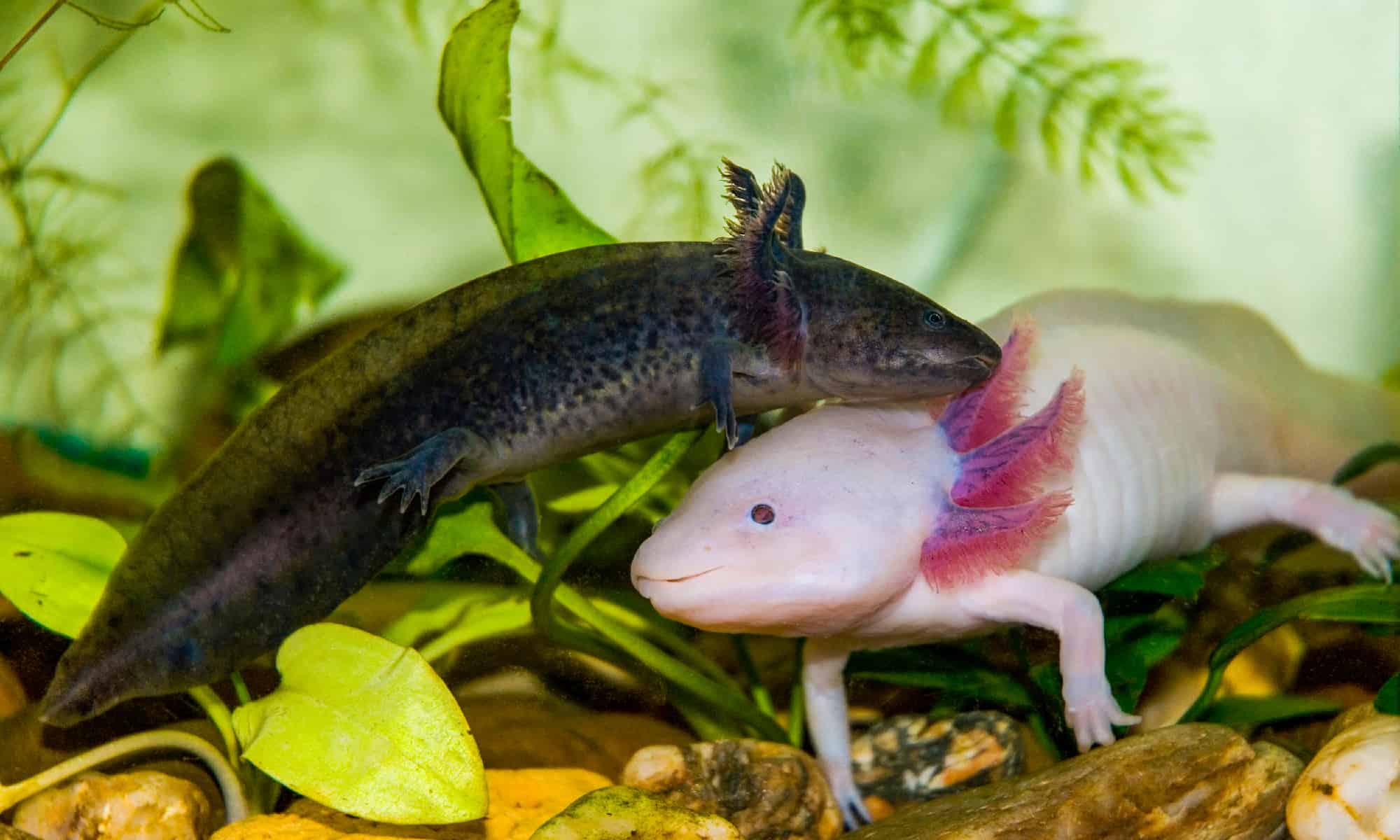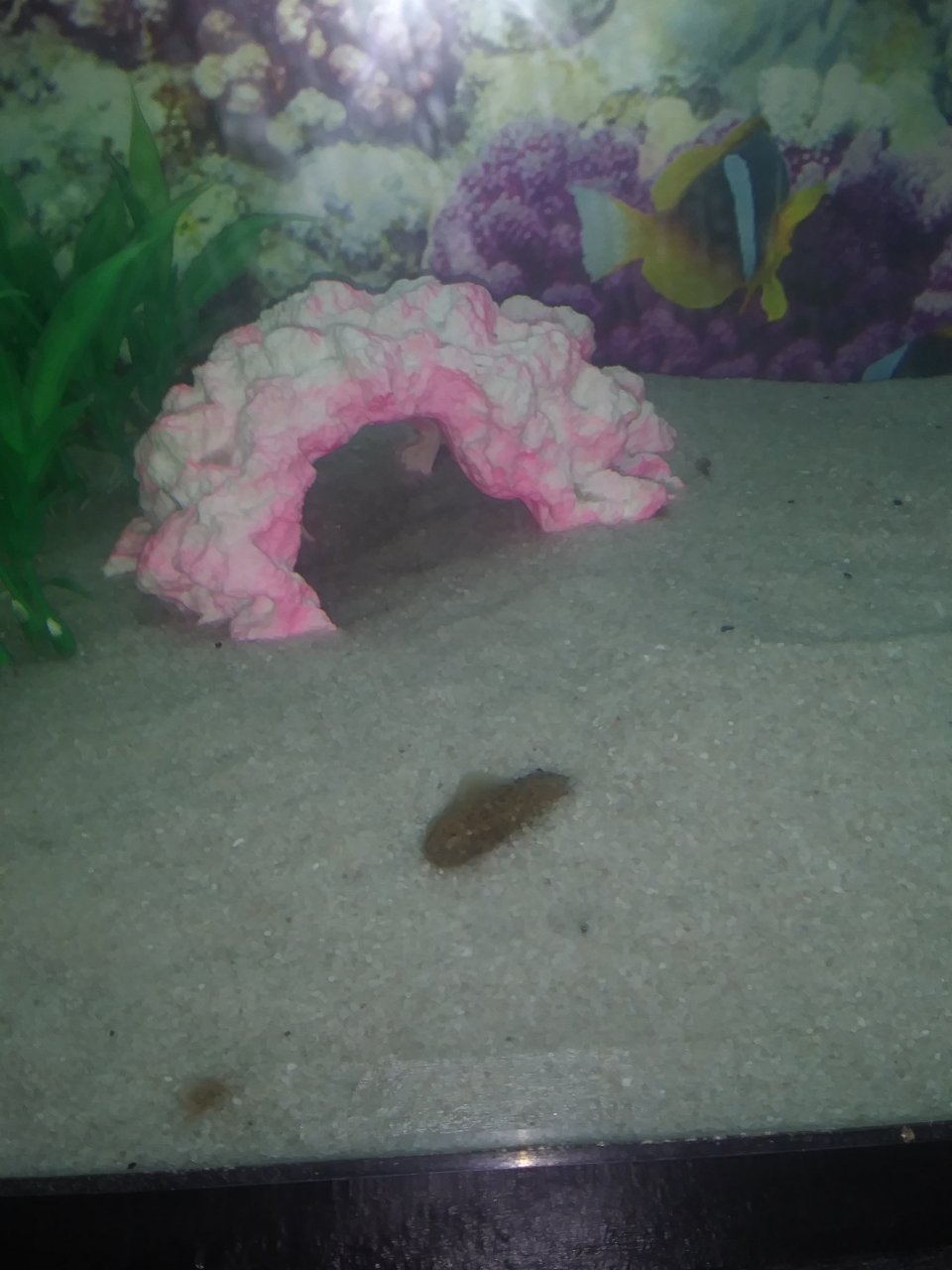Axolotl poop is small, dark, and cylindrical in shape. It is a waste product excreted by the axolotl.
Axolotls are aquatic salamanders native to mexico and are known for their regenerative abilities. Axolotls have a simple digestive system, and their waste is typically expelled through their cloaca, which is a single opening for excretion and reproduction. The color and consistency of axolotl poop can vary depending on its diet and overall health.
Monitoring the appearance of axolotl poop is important in identifying any potential health issues and ensuring the well-being of these fascinating creatures.

Credit: a-z-animals.com
The Basics Of Axolotl Waste
Axolotl poop, while not a glamorous topic, is essential to understanding the health of these unique creatures. It is composed of undigested food, fecal matter, and urates. Axolotls typically poop once or twice a day, although this can vary depending on factors such as age, size, and metabolism.
Interestingly, their diet can impact the appearance of their waste. For instance, axolotls fed a high-protein diet may produce a darker, firmer poop compared to those on a lower protein diet. Monitoring the quality and quantity of axolotl poop can provide valuable insights into their well-being.
Healthy axolotls will produce regular, well-formed waste, while changes in color, consistency, or frequency may indicate health issues. So, as unappealing as it may sound, paying attention to axolotl poop is crucial in ensuring the overall health of these fascinating amphibians.
Axolotl Poop: Visual Characteristics
Axolotl poop is an interesting topic to explore. When it comes to the visual characteristics of axolotl poop, it can vary. Healthy axolotl poop typically has a brown or dark brown color and is firm. Abnormal colors or textures, like green or stringy poop, may indicate digestive issues.
By closely observing an axolotl’s poop, you can tell whether it has any digestive problems. Axolotls have both solid and liquid waste, as their waste can be in the form of pellets or as slimy strings. Understanding what axolotl poop looks like is vital in monitoring their health and ensuring their well-being.
So, keep an eye on your axolotl’s waste and consult a veterinarian if you notice any concerning changes.
Factors Affecting Axolotl Poop
Axolotl poop can vary in appearance depending on various factors. Diet plays a significant role in determining the characteristics and frequency of their waste. Changes in stress levels or the environment can also impact the appearance of axolotl poop. Temperature and water quality are other factors that affect their waste.
It’s interesting to observe the behavior of axolotls as it can provide indications of changes in their waste. By closely monitoring their behavior, we can gain insights into any potential alterations in their waste. Maintaining a healthy diet, minimizing stress, and providing a suitable environment with optimal temperature and water quality are essential for ensuring the proper appearance of axolotl poop.
Understanding these factors can help axolotl owners take better care of their pets.
Frequently Asked Questions For What Does Axolotl Poop Look Like
What Does Axolotl Poop Look Like?
Axolotl poop is small and dark in color, similar to tiny black pellets. It may also have a stringy appearance due to undigested food. Although it might not seem appealing, monitoring their waste can help assess their health and detect any potential issues early on.
How Often Do Axolotls Poop?
Axolotls usually poop once a day or every other day, depending on their feeding schedule and metabolism. However, this can vary from axolotl to axolotl. Monitoring their poop frequency can provide insight into their digestive system and overall health.
Is It Normal For Axolotl Poop To Change Color?
Yes, it is normal for axolotl poop to change color. The color can vary depending on their diet, with a range from dark brown to black. As long as there are no other signs of illness such as loss of appetite or unusual behavior, changes in poop color are typically not a cause for concern.
Conclusion
While owning an axolotl as a pet can be a unique and fascinating experience, it’s important not to overlook the less glamorous aspects of caretaking, such as dealing with their waste. Axolotl poop may not be the most glamorous topic, but it is an essential part of ensuring your pet’s health and well-being.
By understanding what axolotl poop looks like, you can monitor their digestive health and quickly identify any potential issues. Ideally, their waste should be firm, brown or green in color, and free from any abnormalities. It’s crucial to maintain a clean and well-maintained tank environment to prevent any digestive problems.
Regularly cleaning the tank and providing a balanced diet will contribute to your axolotl’s overall digestion and, consequently, the appearance of their waste. By paying attention to their poop, you can better care for your axolotl and provide them with a long and healthy life.
